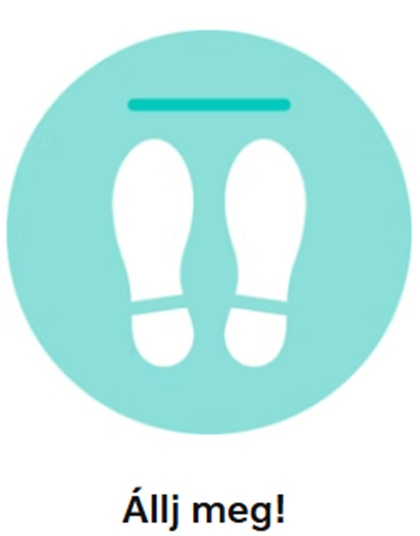
Who do we trust?
This only you should answer.
How can we know if something is new or not?
By seeing how easy it is to "repeat."
If it is new, it is not really a repetition -- it is an exploration.
Even after the fiftieth repetition it still might be an exploration (observe any kid).
If it is familiar, it is easy to repeat.
If it is too familiar, it is boring.
New, difficult stuff also = boring. Let's not fool ourselves.
Difficult = not our style.
(Difficult, if our style = not difficult.)
Boring = do something else. Any kid could tell us that.
But be aware! Sometimes boring stuff can get interesting.
If things change with each repetition, it is still new!
So things might start to get interesting if we give them a chance.
New, interesting stuff, that's what we want.
Any times we want to see what level we are at (maybe we don't notice our own progress), here is a simple, quick, way to do a self-assessment.
(If we are teaching someone it is also a good way to assess):
It really is as simple as that.
Stuff needs to turn into action for it to get all bittersweet and funky.
Funky = interesting.
How long does it take to memorize the audio below?
(click the audio button under the picture)
(don't click the written part to check until after you have tried):

|
| Click here to listen |
Click here to read
Hungarian writtenPetrának van kulcsa hozzám. |
Click here to read
English translationPetra has a key to my place. |
If that was too easy, go memorize some songs or entire skits as found here: hunfriend.com/files/egyeb/speaking.html
If it was too hard, things are still unfamiliar.
So let's learn more about the language...
induljunk!: let's start!
indul: he/she/it starts (starts moving)
indít: he/she/it starts (turns on a machine, makes something happen)
Ok let's conjugate them.
(what, are we expecting a chart or something to look at?)
You know what, I considered putting a chart here. But it's such a passive thing, a chart.
I hate learning from charts.
But go ahead and look at the charts if you want to.
Click the links below, glance over charts found there,
read the example sentences below the charts, then come back here...
Notice that "indul" didn't have any definite conjugations.
But "indít" did have definite conjugations.
This is because of the voice of the verbs.
If you didn't already click on the link for "voice" above, please do.
Here is the link again, in case you missed it:
voice
If you have finished reading the section on voice, read the other sections in the linked article.
There is no point in explaining about verbs when others have already described everything so beautifully.
If you want to practice the endings for conjugations, you can practice here:
hunfriend.com/files/egyeb/conjugation.html
We called them "toys" before in the earlier part.
Here is some nice bedtime reading about these toys.
And now bedtime story has us all nicely asleep.
